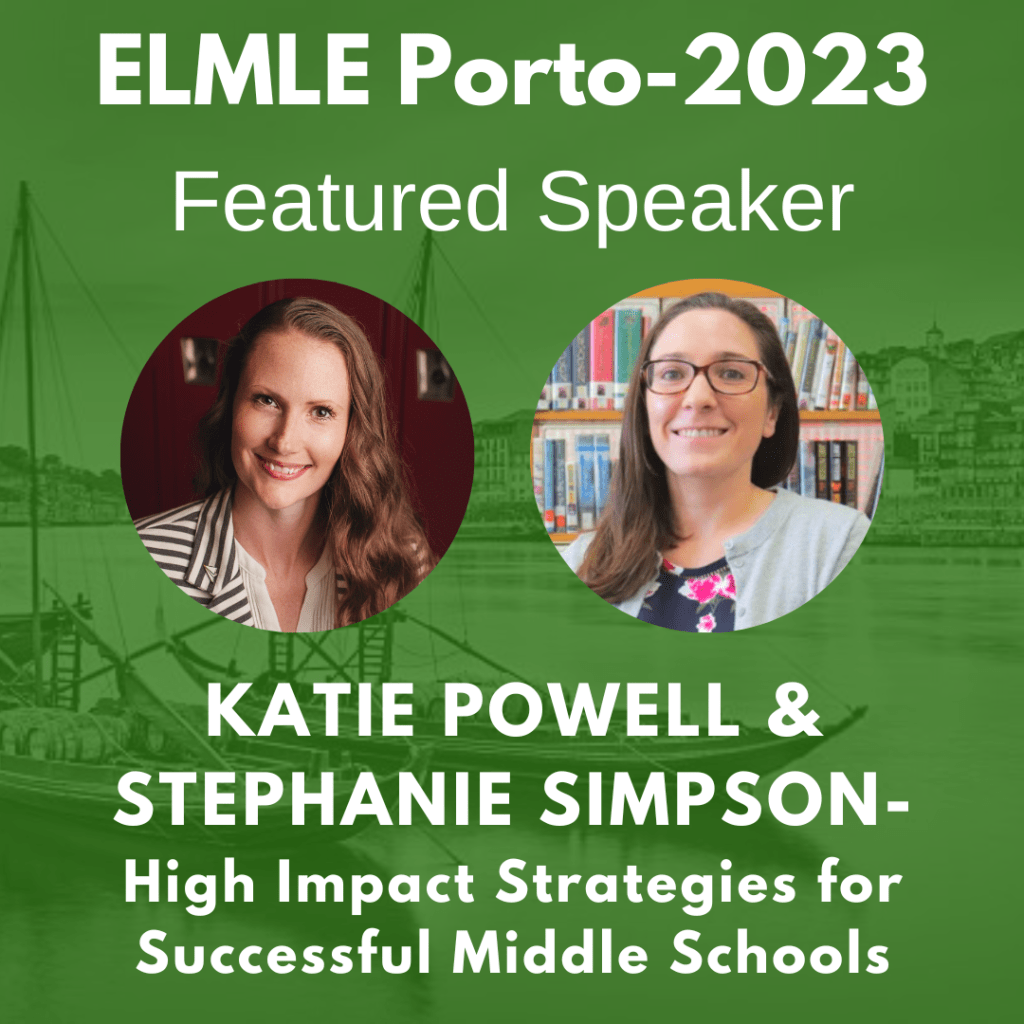Patrick Green

In the theatrical production of a child’s life, teachers play multiple roles. Sometimes they are orchestrating from their classroom stages, but most often, they are in the wings: savvy coaches, expert facilitators, and wise counsel. At home, parents and caregivers look to teachers not just for academic guidance but for support on the broader journey of nurturing thriving individuals.
Parent-teacher conferences are one helpful occasion where teachers can extend their role beyond the classroom, offering concrete strategies for support and relationship building. While teachers have the privilege of engaging with a hundred students (or more!) in a year, parents are focused on the most important one in their lives. In the modern era, digital technology adds a layer of complexity to parenting that educators and parents are navigating together. Just as there isn’t a comprehensive manual for parenting, there isn’t one for the ever-evolving landscape of digital devices either.
These three talking points offer teachers pathways for empowering families to take control of their digital wellness. And in turn, they offer teachers prompts for in-class conversation that reinforce healthy habits from home:
1. Keep Bedrooms Device Free
In the realm of digital wellness, the sanctity of sleep takes center stage. Teachers and caregivers alike understand that adequate sleep forms the foundation of a child’s well-being and academic performance. Quality of sleep impacts mental health, physical health, and brain function (UCLA Center for the Developing Adolescent, 2023).
- Remove Devices from Bedrooms: Just having a screen nearby can be a disruptor for needed rest. One out of three teens wakes up and checks their phone at least once a night (Common Sense Media, 2019). Switching to an alarm clock is a simple move for deeper sleep and greater health.
- Set a Device Curfew: At least an hour before sleep, impose a family-wide device curfew. This practice fosters relaxation and signals the brain that it’s time to wind down.
- Create a Family Charging Station: In a public location in the home, create a centralized charging station to avoid the temptation of late-night scrolling.
2. Bring on the Boundaries
Screen time often means learning time, creating time, and much-needed relaxation time. And, like all activities, it requires a balanced approach. A few boundaries can go a long way in nurturing human connection and healthy development (The US Surgeon General’s Advisory, 2023).
- Keep Mealtimes Device Free: When all family members set their devices at the charging station during dinner, a doorway is open for connection and community. Replace scrolling with simple check-in routines: What was your win today? Frustration? Learning?
- Choose Eye Contact Over Screens: Model setting your screens down to listen, respond, and look people in the eye. It’s all too easy to keep reading the news when asked a question, but every interaction with our children is a bid to connect. Practice connecting eye to eye.
- Decide Your Family’s When and Wheres: Where are screen-free zones in your home? During movies? Family games? Afternoon snack? Make it clear when phones will be put away. And the why for these boundaries is strong. Adolescents often feel social pressure to be constantly connected (Weinstein & James, 2022, Chapter 3). Boundaries for availability lead to healthier digital device habits and healthier young people.
3. Look at the Data
In a world where data shapes decisions, screen time tracking emerges as a valuable tool. It’s not just about accountability; it’s about inviting informed conversations that generate reflection, conversation, and healthy shifts.
- Activate Screen Time Tracking: Involve all family members in using a screen time tracking app. Both iPhones and Android phones have this functionality built-in (look for Screentime on iOS or Digital Wellbeing and parental controls on Android).
- Foster Collaborative Conversations: Once everyone is tracking their screen time usage, you have fodder for open discussions on how everyone in a home is using their phones. Guess where you think you’re spending the most time and reveal what the numbers say.
- Set Goals Together: What story is the data telling you? Where would you like to spend less time or shift time? What do you notice are your biggest time wasters? Tracking apps are inspiration for goals, next steps, and family challenges. They ensure everyone (parents too!) is working on boundaries and is empowered to actively participate in managing their screen time.
Teachers don’t just educate; they guide, support, and coach. In the realm of digital wellness, teachers can play a pivotal role in offering concrete strategies. Parent-teacher conferences are one opportunity for educators to step out of the classroom and into the larger landscape of a child’s life. By addressing the essential talking points of device-free bedrooms, balanced screen habits, and data-driven discussions, caregivers can be equipped with the tools they need to foster a digitally mindful and balanced family environment.
References
Robb, M. B. (2019). The New Normal: Parents, Teens, Screens, and Sleep in the United States. Common Sense Media. Retrieved August 31, 2023, from https://www.commonsensemedia.org/sites/default/files/research/report/2019-new-normal-parents-teens-screens-and-sleep-united-states-report.pdf
Social Media and Youth Mental Health: The US Surgeon General’s Advisory. (2023, May 23). HHS.gov. Retrieved August 31, 2023, from https://www.hhs.gov/sites/default/files/sg-youth-mental-health-social-media-advisory.pdf
Weinstein, E., & James, C. (2022). Behind Their Screens: What Teens Are Facing (and Adults Are Missing). MIT Press.
What the Science Tells Us About Adolescent Sleep | Center for the Developing Adolescent. (n.d.). UCLA Center for the Developing Adolescent. Retrieved August 31, 2023, from https://developingadolescent.semel.ucla.edu/topics/item/science-of-adolescent-sleep
About the Author: Patrick Green is the author of “50 Ways to Use YouTube in the Classroom” and co-author of “Classroom Management in the Digital Age.” As a technology leader in schools for over 15 years, Patrick supports countless parents and teachers as they navigate the questions and challenges that come along with digital technologies in school and the home. Patrick regularly speaks with parents about strategies to help their children thrive in our complex digitally-connected world and develop a healthy relationship with technology. A YouTube Star Teacher, Google Certified Innovator, and Apple Distinguished Educator, you can follow how work, school, parenting, and play blend for Patrick at @pgreensoup on Twitter and Instagram and can visit his website at WinningScreentime.com









